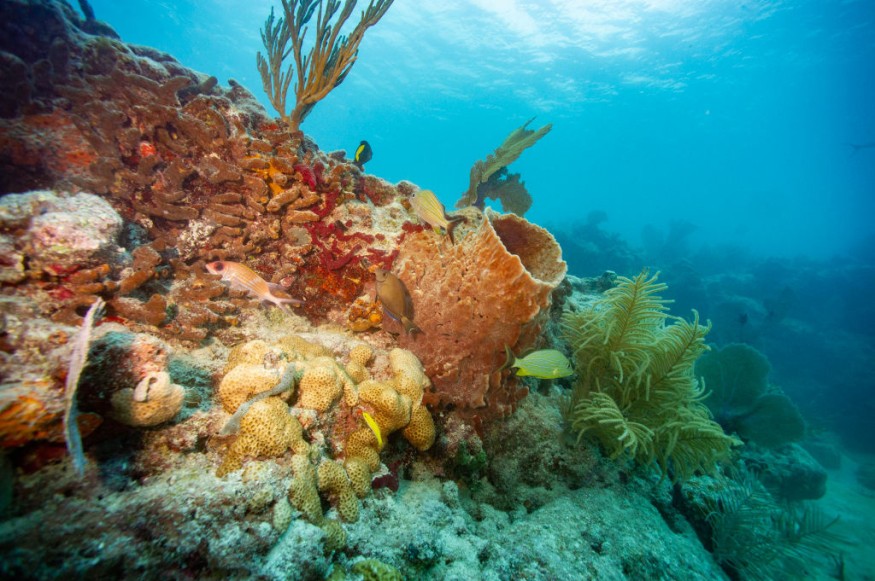
A new snail species with the color of a margarita drink was discovered in Florida, the state known to be the home of citrus margaritas.
Margarita Snail in the Home of Citrus Margaritas
Off the coast of Florida in the Keys, which is also recognized for being the location of the sole remaining coral barrier reef in the mainland United States, marine scientists recently identified a new species.
Newly-discovered 'margarita snails' from the #FloridaKeys @thePeerJ https://t.co/pWrQYYWEmB https://t.co/enutaQr3GU
— Phys.org (@physorg_com) October 9, 2023
The snails were named Cayo galbinus, signifying "small, low island" and "greenish-yellow," in a tribute to their vibrant citrus color reminiscent of a Margarita from Jimmy Buffett's "Margaritaville" on the Florida Keys island.
Jimmy Buffett's iconic song "Margaritaville" drew inspiration from the Florida Keys, his cherished home. Sadly, at 76, the music legend passed away last month.
Remarkably, these snails exhibit a unique trait - once rooted in the ground, they never budge, as Dr. Rudiger Bieler, the lead researcher, revealed.
Juvenile snails find their ideal spot, secure their shells to the substrate, and make it their eternal dwelling. Due to their minuscule size and expert concealment, scientists struggled to discover them.
These newfound margarita snails are kin to the "Spider-Man" snails unveiled in 2017 from the Vandenberg shipwreck in the Florida Keys.
In addition to finding the snails in the Florida Keys National Marine Sanctuary, Bieler claims that he and his colleagues also found a species of the same color in Belize.
He recounted how they initially assumed the lime green and lemon yellow ones were of the same species when they first saw them.
But when the snails' DNA was sequenced, they turned out to be quite different.
Also Read : New Species Karamoja Dwarf Gecko Found Pregnant in Uganda Forest Along with 4 Other New Gecko Species
Defense Mechanism of a Tiny Snail
The Thylacodes worm snail genus, for which the scientists reported another new species from Bermuda and gave it the name Thylacodes bermudensis, has a crucial characteristic with Cayo snails.
These snails are only distantly related, but they all have colorful heads that protrude from their tubular shells.
This color was seen as a warning by Bieler's crew. He explains that the snails' mucus contains several unpleasant compounds.
On reefs, everyone is out to consume the tiny creatures, so if they don't have any defenses, they will be engulfed by the corals, sea anemones, and everything else around them, which may also help to explain why they can have exposed heads.
It appears that the mucus might aid in preventing the predators from approaching too closely.
According to Bieler, the study is significant because it sheds light on the coral reefs' biodiversity, which is gravely threatened by climate change.
Some species are significantly better able to withstand rising global ocean temperatures than others, he claimed.
The Cayo snails frequently feed on fragments of decomposing coral, and when more coral dies off, the snails may proliferate.
Furthermore, according to Bieler, it's yet another proof that nearby undiscovered species may still exist. This novel species was discovered in a popular tourist destination at snorkeling depth.
© 2025 NatureWorldNews.com All rights reserved. Do not reproduce without permission.





